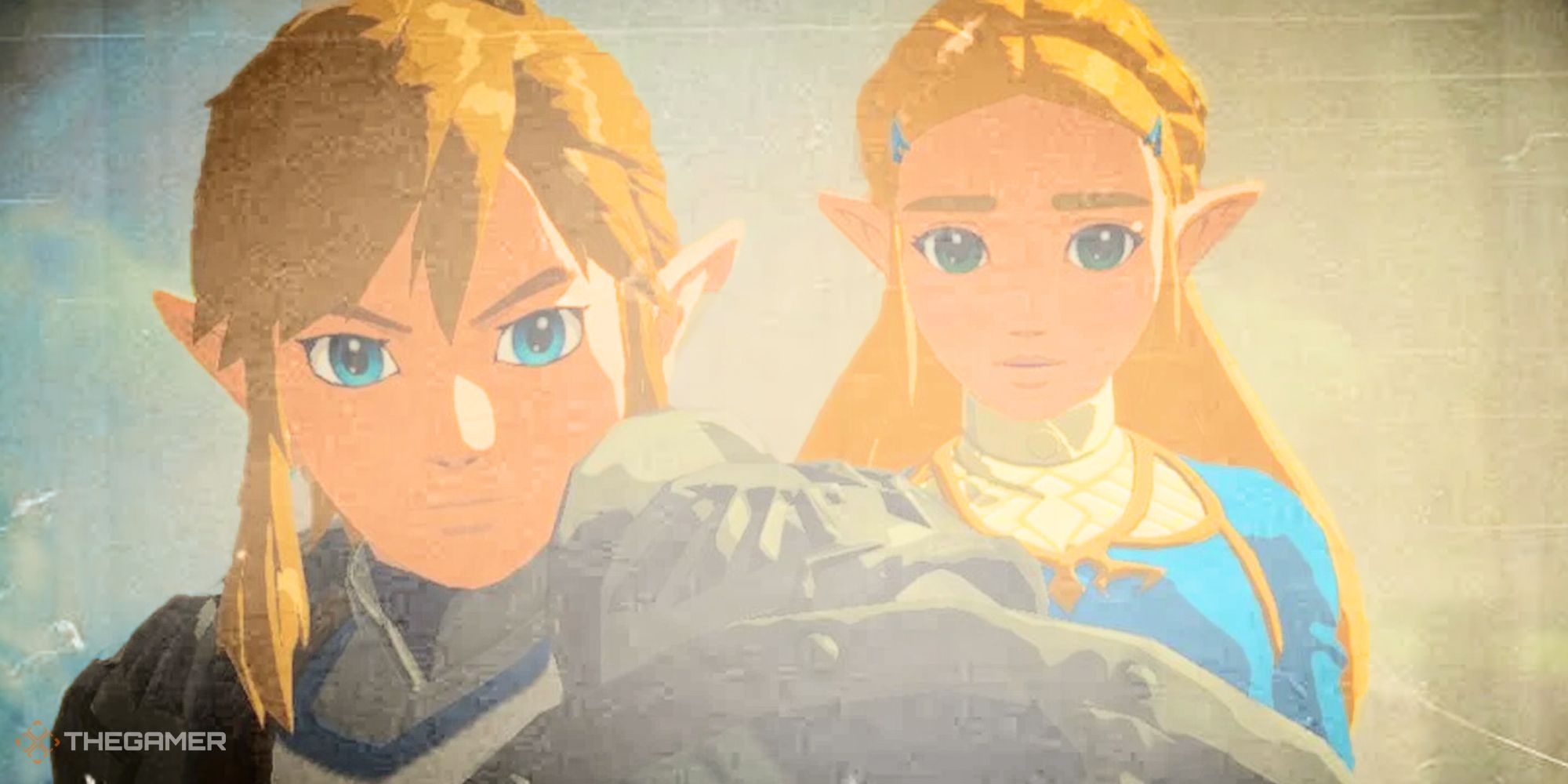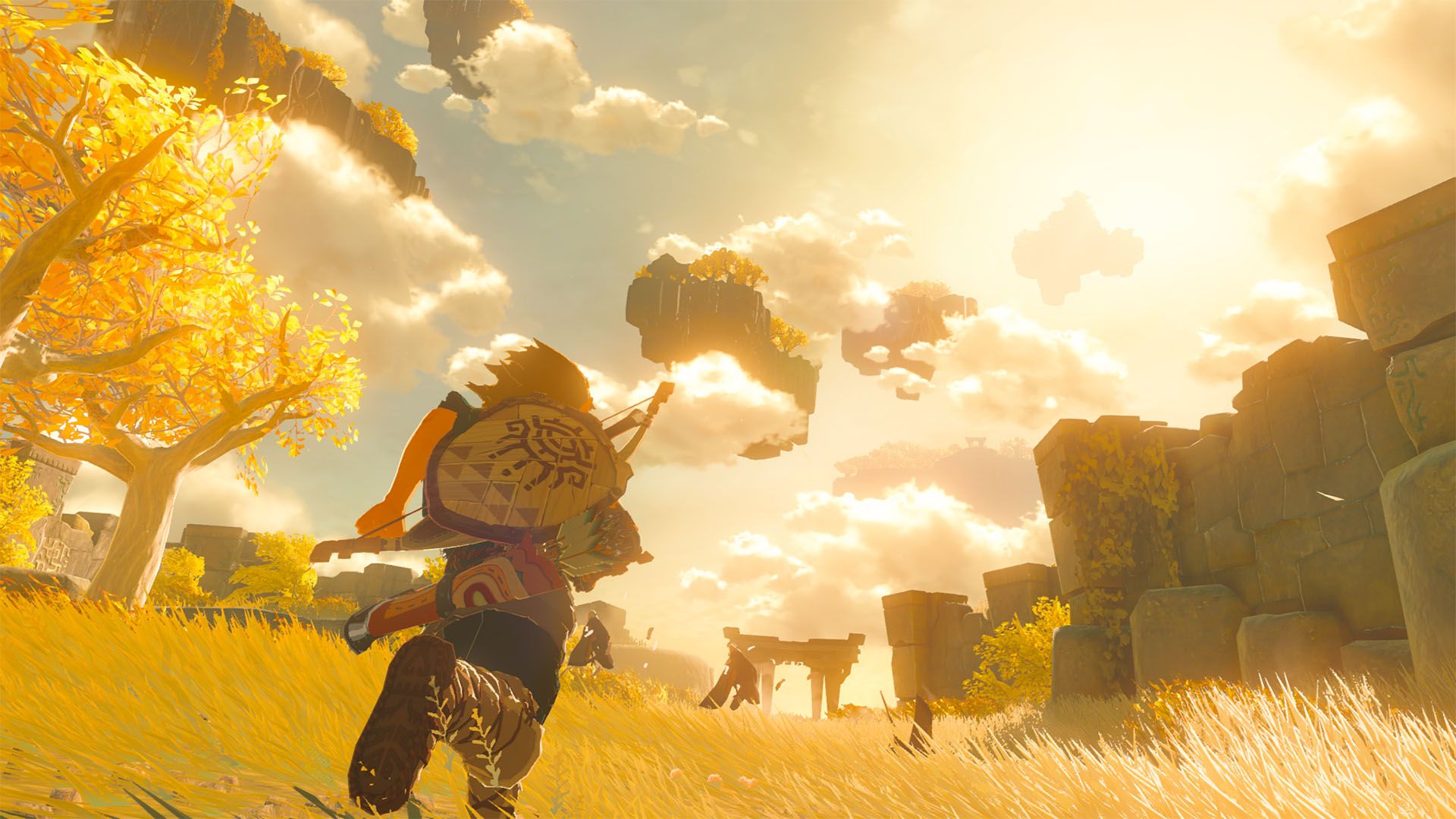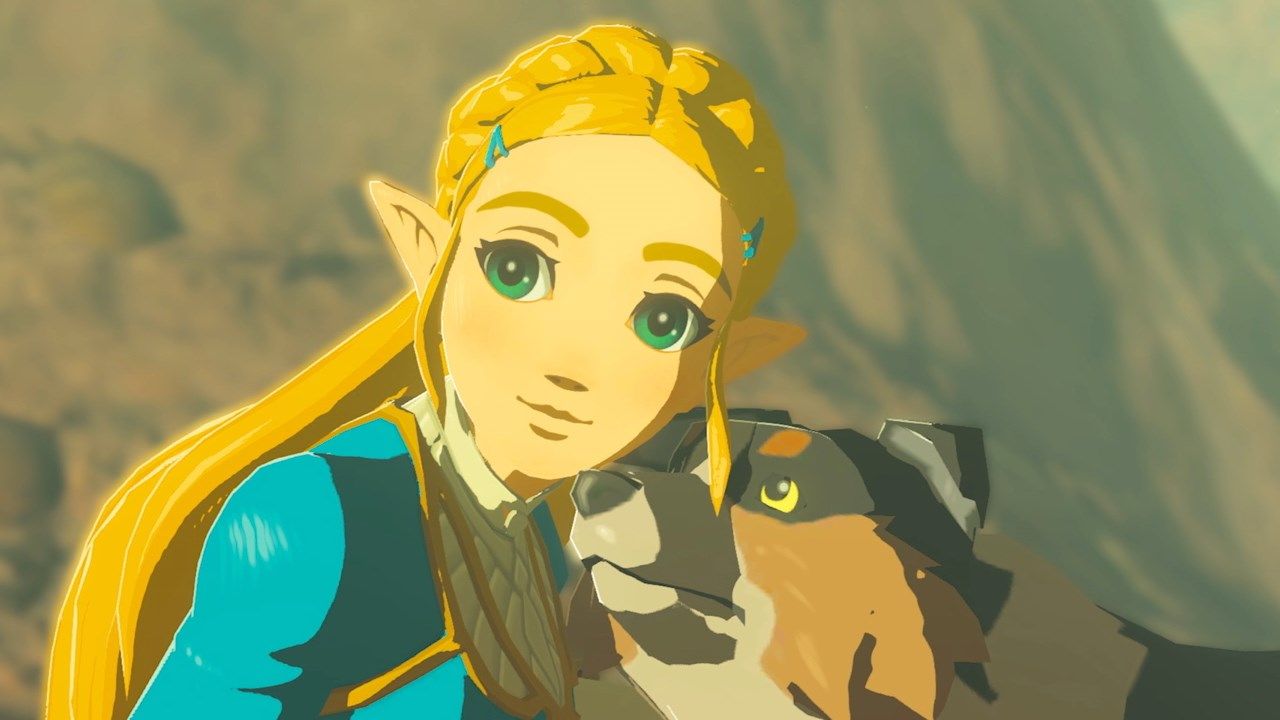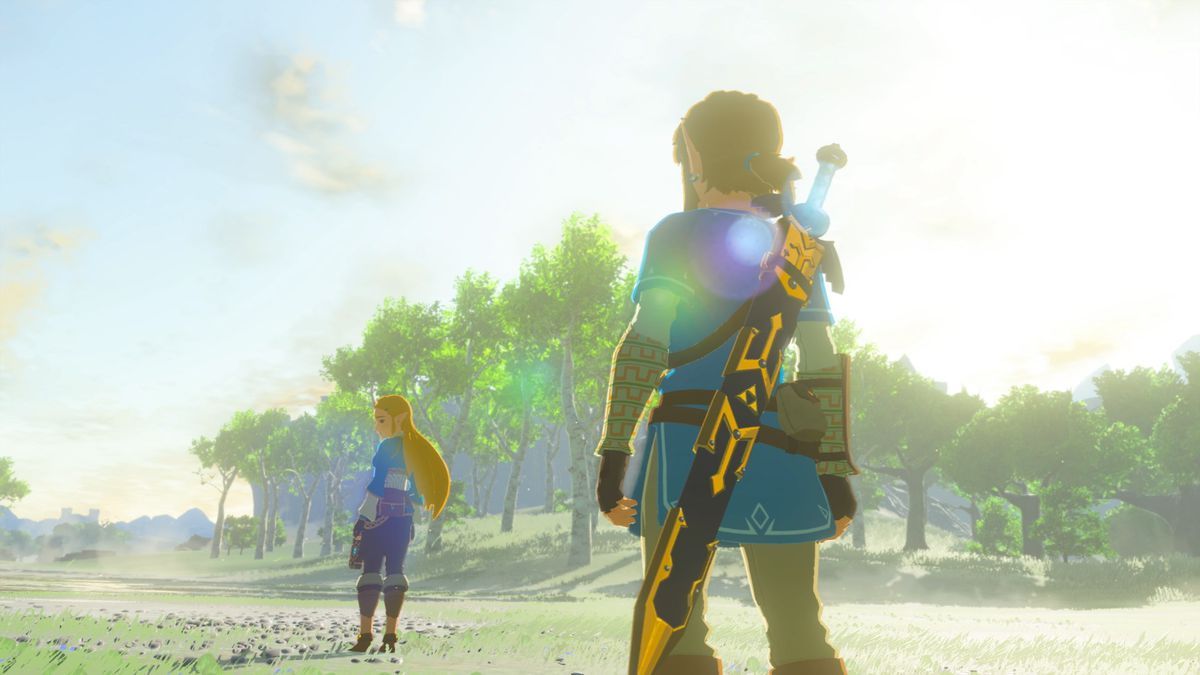Despite Breath of the Wild being recognised as a masterpiece, its storytelling aspects are one of its most criticised elements. Given the nature of its narrative, and how Link finds himself awakening a century after the world began to fall apart, it’s natural that a number of critical characters have either perished, moved on, or just aren’t part of the picture anymore. It’s a lonely game, but deliberately so.
Princess Zelda is busy holding back Calamity Ganon in Hyrule Castle, locked in a state of immortality as she tries her best to save the land from ruin. You can either embark on a journey to recruit allies and reclaim the Divine Beasts or simply dick around for hundreds of hours. Ultimately, it’s up to you, and thus any sense of urgency tied to the plot is lost. Player agency is the most important thing here, so for better or worse, the story takes a backseat until you’re ready to tackle it. A number of main characters like Sidon, Riju, and Purah can be found across the game’s major cities, but they’re mostly passive. They’ll initiate cutscenes and dialogue to push the plot forward once you engage with them, but up to that point, they just sort of exist, rarely influencing the world until you decide to acknowledge they even exist.
Aside from this, the storytelling in Breath of the Wild is very much what you make of it. If you’ve played the game before, you’ll know that Link has access to a number of cryptic photographs on his Sheikah Slate that represent locations spread across the open world. You are given no map icons or hints as to where these places are, you simply need to look at the images and work things out for yourself. It’s a wondrous journey of discovery, and providing us with nuggets of narrative as opposed to temporary rewards makes seeking them out all the more satisfying. I love this approach, but mostly for what it represents as opposed to how it contributes to the game’s overall pacing.
Breath of the Wild tells an achingly human tale, but to uncover it you’ll need to invest dozens of hours into scouring Hyrule in search of brief cutscenes that chronicle Link and Zelda’s doomed pilgrimage in search of allies. None of the flashbacks are told with any sense of chronology, so you’ll stumble across them randomly and be forced to work out exactly what is going on and how it factors into the overall adventure. This mirrors Link’s own amnesia, so it feels like we’ve truly been placed in his shoes, trying to work out how our friends were lost and what we can do to save whatever it is they left behind.
It’s heartbreaking, with Zelda’s increased trepidation as she marches towards oblivion reflected in her distrust of Link, an aura of royal pretentiousness that inevitably morphs into fondness over time. Link begins his journey as a knight tasked with watching over the princess, but eventually becomes a close friend she can confide in when everything seems lost. It’s powerful, and the fact something this emotionally resonant is told through the medium of discordant flashbacks is quite an accomplishment.
I’ll likely write an article defending Breath of the Wild’s use of flashbacks one of these days, but for now I want to focus on the sequel and how it should do away with them. The first game’s ending sees us return to the present day, with Link and Zelda embarking on another trip across the land to reunite with friends and mourn the loss of their loved ones. Things are returning to normality, at least until another threat emerges in Breath of the Wild 2 and once again throws everything into disarray. So when Calamity Ganon (or whoever is in that spooky cave) rears its head once again, I want the narrative that follows to take full advantage of the present day.
Hyrule is no longer a land of the unknown. We’ve explored it for literal days as we talked to citizens, tackled shrines, and eventually saved the world. People know who we are and what we’ve accomplished, so take advantage of that reputation and use it to shape the land in our image. Link shouldn’t be given a voice, but for a narrative set in the here and now to work his identity will need to be cemented in the surrounding landscape. I want to step back into reimagined versions of Zora’s Domain and Kakariko Village and be greeted with open arms by a populace who are happy to see me and perhaps want help with a few local issues as a larger conflict rages on in the background.
Nintendo has built up a cast of beloved supporting characters, so expand upon them and make them matter. Age of Calamity did a solid job of this, although I wasn’t a fan of its more eccentric approach to storytelling - still, it’s a good blueprint to follow if the overall tone is given a few much-needed adjustments. Breath of the Wild was so compelling because of the mystery that defined it, each hesitant step into its sprawling world rewarding us with riches and a freeform experimentation in gameplay that nothing in the open world genre has been able to match since. It’s a marvel, and something the sequel should build upon as opposed to replicating with only a few key changes.
I’m worried that Breath of the Wild 2 likely won’t heed this advice, with Zelda being yeeted into a hole in the latest trailer and seemingly imprisoned as Link, Ganon, or whoever we end up playing as is tasked with saving her and freeing the realm. It’s far too early to draw conclusions about exactly how BOTW2 will play out, but it’s easy to assume that Nintendo will abide by series conventions and go for something safe.
However, I think the first game was a stark indicator that this isn’t a company playing by the rules anymore. Knowing this, I’m hopeful Breath of the Wild 2 will be the most narrative-heavy Zelda game we’ve ever seen, perhaps even superseding Skyward Sword and Twilight Princess with the amount of dialogue it’s willing to subject us to. As long as it’s in service of a wonderful story, I’m more than happy to sit back and sink in.
As much as I love them, flashbacks simply don’t facilitate an approach like this. They’re an elusive manner of storytelling by design, providing brief snapshots of memories as we’re left to fill in the blanks for ourselves. It informed the overall tone and thematic delivery of the last game, but now that enigmatic atmosphere has subsided, it’s time to commit to something more definitive.




